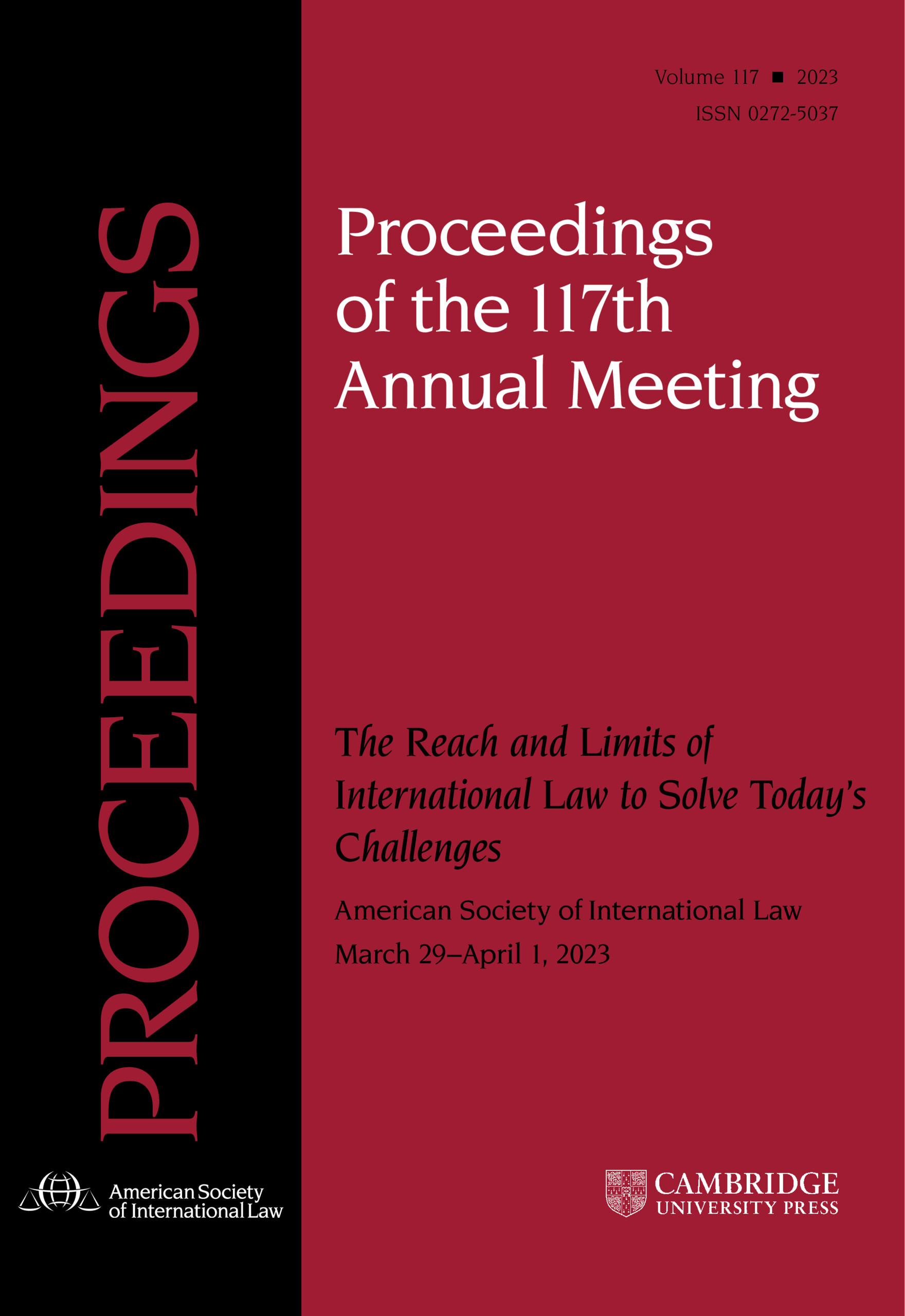Hari Osofsky began by making a statement of support for Black Lives Matter. Her presentation then focused on the evolution and regulatory impact of climate change litigation around the world, examining its role within the broader context of multi-level climate change governance and as a form of strategic litigation.
Hari Osofsky provided an overview of climate change cases around the world, highlighting the massive growth in litigation, key trends, and their direct and indirect impacts. She explained that while most litigation has involved—and continues to involve—statutory pathways, especially in the United States, there are emerging human rights, constitutional, corporate, and financial law pathways. While mitigation has been the primary focus, adaptation cases also have begun to emerge, particularly in Australia. There is also increasing interest in suits against corporate actors. Finally, although much of the litigation is pro-regulatory, anti-regulatory suits have been brought in reaction to government action addressing climate change.
After describing recent developments in a number of jurisdictions, Hari Osofsky concluded by providing some key lessons learned from her collaborative work with Jacqueline Peel. She highlighted that, although corporate and rights-based cases are often very high profile, most climate litigation remains statutory. She explained high-profile individual cases and lower-profile cumulative cases together have potential to produce transformative change, and that indirect effects are often even more powerful than direct effects, although drawing causal links is complex. Finally, litigation functions best as part of a broader effort.


